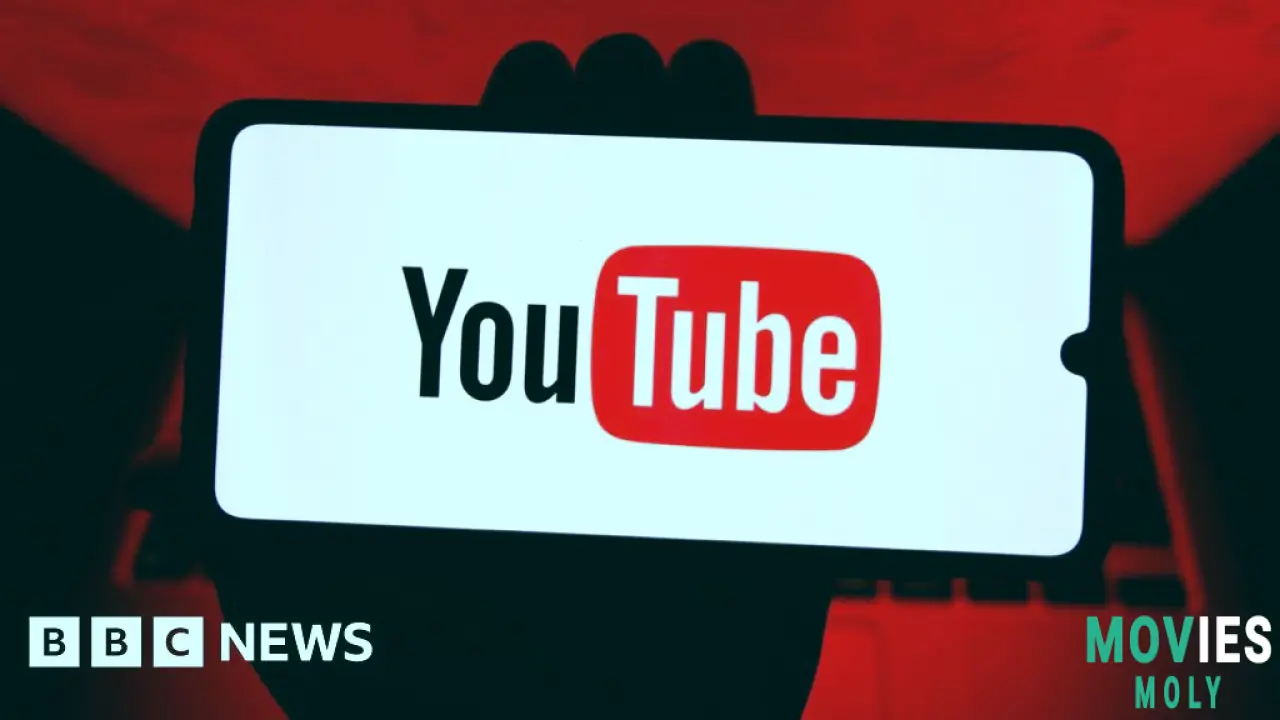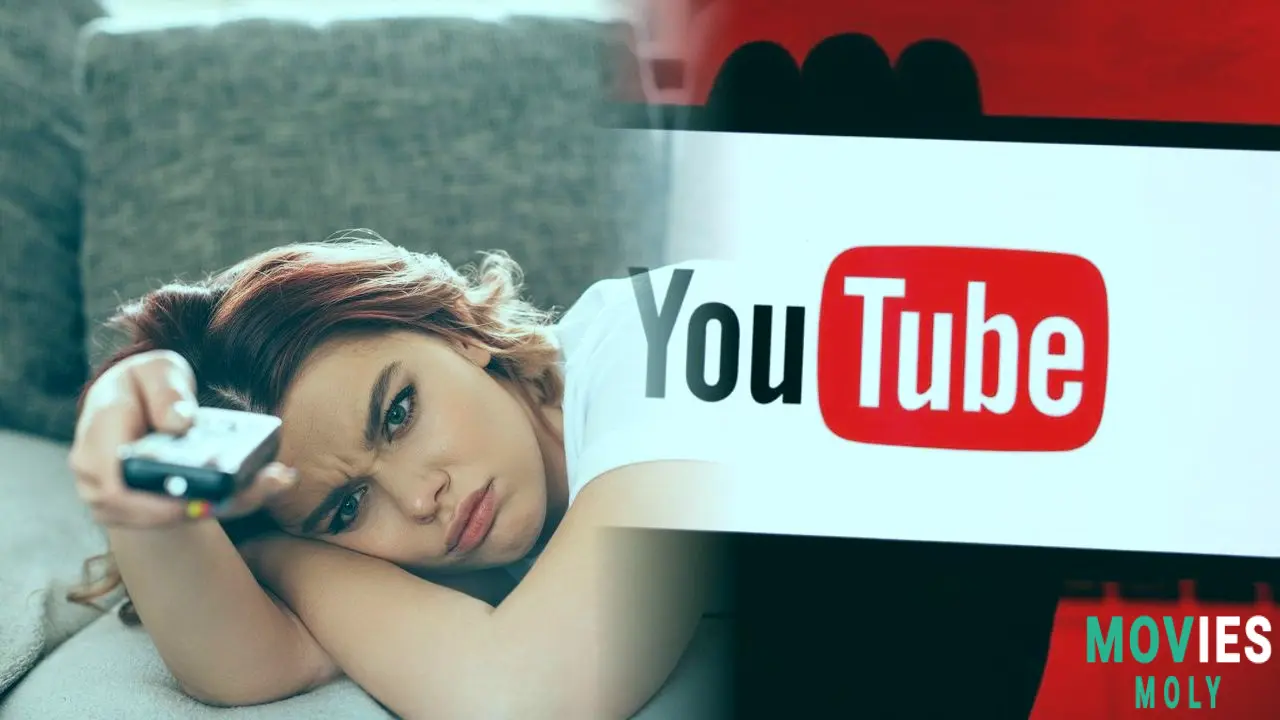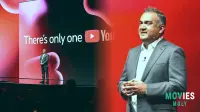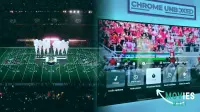There's no denying that Youtube has fundamentally altered how we watch videos. What began as a simple way to share films has evolved into something massive, influencing how we consume entertainment and even news. Traditional broadcasters have been feeling the heat for quite some time, especially as younger generations rush to online platforms. But it's not simply what's going on in the UK; this transition is a worldwide tale with far more complexities than you may expect.
We'll take a close look at what makes YouTube tick, from its huge video library to its live TV service, and figure out what it all means for how we view content today and in the future. It's a wild journey, and comprehending everything is critical to predicting where media is going.
The Changing Landscape of Video Consumption: YouTube's RiseWho Watches What Across Generations?
It's no secret that the way we watch television has evolved, with the younger generation leading the way. Gen Z and Gen Alpha, the new faces who grew up with tablets in their hands, overwhelmingly prefer streaming to traditional television. According to Ofcom and Barb surveys, YouTube is currently the number one platform for children aged four to fifteen, outranking major broadcasters such as ITV. That's a big deal, right? It implies that for an entire generation, YouTube is their first destination when they switch on the television.
However, it is not limited to the youth. Even elderly viewers are dedicating more time to YouTube. In 2024, persons aged 55 and up viewed nearly twice as much YouTube content as they did the previous year, with a large portion of that viewing taking place on their televisions.
YouTube is more than just a video platform; it is quickly becoming millions of people's new living rooms, particularly among the younger generation. #YoutubeTrends #DigitalMedia
YouTube Versus Traditional Broadcasting: A Global Perspective
Comparing YouTube to a single television station is analogous to comparing an entire library to a single book. The BBC, for example, produces hundreds of hours of programming each year, which is impressive for a single station. What about YouTube? It has an estimated 2.7 billion active users and millions of artists that contribute material every day. It's a completely different scale, which is why the idea of YouTube being "second-most watched" in the UK is so farfetched: it's a spectrum, not a single point of light.
This tremendous shift forces traditional broadcasters to adjust. They're attempting to meet viewers where they are, which for many is online. While posting video on YouTube allows them to reach new and younger audiences, it also means YouTube receives a big portion of the advertising pie. It's a difficult balance to strike, but they must do so if they want to stay.
The transition from linear TV to on-demand services such as YouTube represents a fundamental shift in how we consume media. Adapt or get left behind. #FutureOfTV #Streaming.
Deep Dive: Understanding YouTube TV as a standalone service

Features & Advantages of YouTube TV
YouTube TV exists in addition to the well-known YouTube for cat videos and how-to tips. This is more than simply a video platform; it is a live TV streaming service. Think of it as cable, but without the tangled cables and lengthy commitments. It provides access to live TV channels, on-demand content, and a cloud DVR via the internet. This is a significant thing for folks who are tired of standard cable and want additional options.
YouTube TV allows you to watch your favorite shows, sports, and news as they happen, exactly like traditional television. However, it also provides the benefits of streaming, such as the ability to view on several devices and record as much as you want without worrying about storage space. It's a fairly good deal for anyone wishing to cut the cord.
YouTube TV is revolutionizing live television, providing flexibility and choice that traditional cable cannot match. It's a game changer. #YouTube TV #Cord Cutting
Channel Lineup and Pricing: What You Should Know
YouTube TV has a rather large channel list, which includes major broadcast networks such as ABC, CBS, FOX, and NBC, as well as prominent cable channels for sports, news, and entertainment. The specific stations vary depending on where you live, but overall, you get a good selection. It's intended to provide a comparable experience to regular cable without the bother.
When it comes to cost, YouTube TV typically offers a single base package that includes the majority of its channels. You may frequently add on additional bundles for premium cinema channels or specialty sports networks. It's a monthly subscription, and the best thing is there are no annual obligations, so you may cancel at any moment. This freedom appeals to many consumers who are tired of being bound into long-term contracts with cable companies.
The Power of the Creator Economy: Monetisation and Trends

Beyond Ads: Diverse Monetization Opportunities
YouTube is more than simply a platform for content providers; it is an entire ecosystem. While advertising revenue is important, producers have many other options for earning money. There are channel memberships, in which fans pay a monthly price to access exclusive content or benefits. Super Chat and Super Stickers allow viewers to pay to have their messages highlighted during live feeds. Then there's products, company promotions, and even direct donations. It's a crazy number of alternatives, which means entrepreneurs can truly build a business around their passion.
YouTube provides creators with extraordinary reach and numerous income choices, making it a powerful engine for the global creator economy. #CreatorEconomy #YouTubeCreators.
Algorithm Insights: How YouTube Personalises Content
Ever wondered how YouTube always knows what you want to watch next? That is the algorithm at work. It's a complicated system that considers what you've previously viewed, what you've liked or commented on, and even how long you've spent watching something. It then tries to recommend videos that it believes you will love, keeping you interested and watching for longer. This customisation is a large part of why YouTube is so appealing to viewers; it feels as if it was created specifically for them.
Key SEO Strategies to Dominate YouTube-Related Searches
Keyword Research: Finding High-Value Terms
If you want your material to appear when people search for YouTube-related topics, you must understand the keywords they use. This requires some thorough keyword research. You want to locate terms that are often searched for but do not have a lot of competition. Consider what questions consumers have regarding YouTube, YouTube TV, or even specific content genres. Getting them right is an important step in getting noticed.
Schema Markup: Enhancing Visibility
This may sound complex, but schema markup is just a means to tell search engines more about your material. For videos, it can assist search engines comprehend what your video is about, who created it, and even ratings. When you include this additional information, your content can appear in richer search results, such as video carousels, which can significantly increase your visibility. It's like handing Google a cheat sheet for your post.
Mobile-First Indexing: Why it Matters
Nowadays, most people view material on their phones, and Google is aware of this. That's why mobile-first indexing is critical. This means that Google ranks your content mostly based on its mobile version. So, if your post does not appear beautiful and operate well on mobile devices, you will have a difficult time ranking high in search results. Making sure your material is concise and easy to read on a small screen is essential.
To truly outperform competitors, prioritize offering unrivaled value: fill content gaps, offer new insights, and improve every on-page aspect. #SEOTips #Content Marketing
Competitor Analysis: Strengths, Weaknesses, and Our Advantage
Analyzing Competitor Content Depth.
When you read other articles regarding YouTube and its impact, you'll notice that many of them focus on the UK market. They discuss the Ofcom and Barb reports, as well as how the BBC and ITV are handling the situation. While this is significant, it does not provide a whole picture. They rarely discuss how these tendencies are playing out in other countries, such as the United States, or on a really global scale. This leaves us with a large hole to fill.
Leveraging Content Gaps for Superior Value
Here's where we come in. We can provide so much more than just a UK-centric viewpoint. We may go into detail on YouTube TV, including what it delivers, how much it costs, and why many prefer it over cable. We may also delve deeply into the creator economy, demonstrating how people earn money on YouTube in methods other than adverts. And we can even look ahead to the future, considering how AI and other technology may further alter YouTube. By filling in the gaps, we provide readers with a much more comprehensive and valuable guidance, establishing our article as the go-to reference.
So what does all of this mean? YouTube is more than simply a platform; it is a force that is transforming the whole media landscape. Everything is changing, from how children watch cartoons to how adults obtain live news. Traditional broadcasters are undoubtedly feeling the pressure, but they are also discovering new methods to engage with consumers on YouTube. And for us, the viewers, this means more options and methods to watch what we enjoy. It's a dynamic moment, and it will be exciting to see what happens next.





